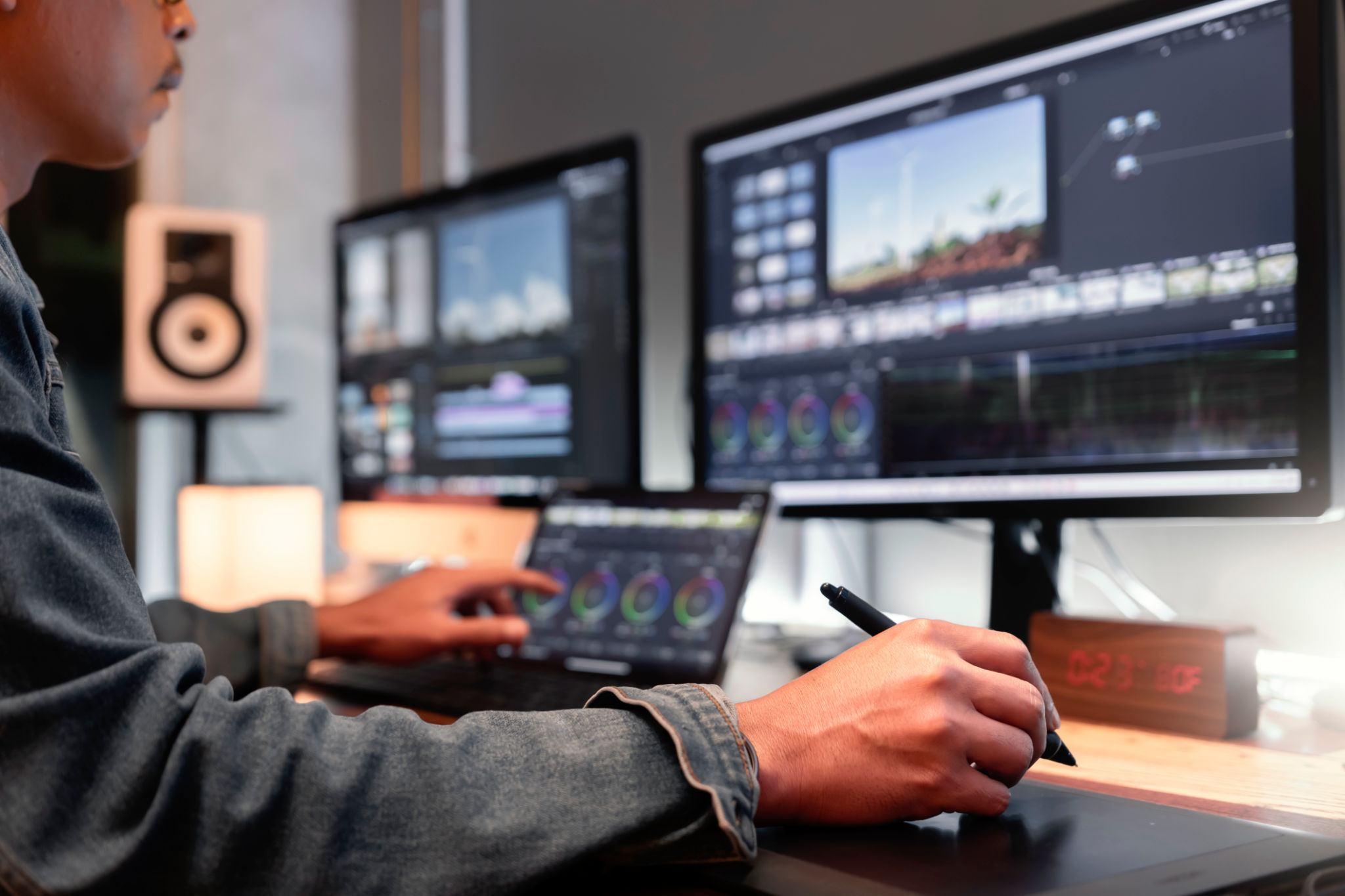How AI is Revolutionizing Video Editing: A Deep Dive
The Rise of AI in Video Editing
In recent years, Artificial Intelligence (AI) has made significant strides in various industries, and video editing is no exception. AI technologies are radically transforming how video content is created, edited, and consumed, making the process more efficient, accessible, and innovative. From automating tedious tasks to enhancing storytelling potential, AI is set to revolutionize the video editing landscape.

Automating Tedious Tasks
One of the most significant advantages of AI in video editing is its ability to automate repetitive tasks. Traditional video editing often involves time-consuming processes such as sorting through hours of footage, color correction, and audio syncing. AI algorithms can now handle these tasks swiftly, allowing editors to focus on the creative aspects of their projects. By using machine learning models, AI can recognize patterns and apply consistent corrections across multiple clips, vastly speeding up the workflow.
Enhancing Creativity and Storytelling
Besides automation, AI is also enhancing the creative process. Through intelligent scene detection and analysis, AI tools can suggest the best clips to use for a particular narrative arc or style. This capability allows editors to experiment more freely with different storytelling techniques without worrying about missing critical moments. Furthermore, AI-driven software can generate visual effects and transitions that were previously complex and time-intensive to create manually.

Accessibility for Non-Professionals
AI is democratizing video editing by making it accessible to those without professional training. With intuitive interfaces powered by AI, amateur editors can now produce high-quality videos with minimal effort. Features such as automatic video summarization and instant background music selection enable users to create engaging content quickly. This accessibility is particularly beneficial for content creators and small businesses looking to enhance their digital presence without extensive resources.
Improving Video Quality
Quality enhancement is another area where AI is making a significant impact. Advanced algorithms can upscale low-resolution footage, reduce noise, and stabilize shaky videos. These improvements not only enhance the viewing experience but also extend the lifespan of older content by bringing it up to modern standards. AI-driven tools can analyze each frame in real-time, applying necessary adjustments to ensure the final product is as polished as possible.

Personalizing Viewer Experience
AI's role in video editing extends to personalizing viewer experiences. By analyzing data such as viewer preferences and engagement patterns, AI systems can tailor video content to suit individual tastes. For instance, personalized trailers or highlight reels can be generated to capture audience interest, ultimately driving higher engagement and retention rates. This level of personalization enhances the connection between content creators and their audiences.
Future Prospects
The future of video editing looks promising with ongoing advancements in AI technology. Emerging trends include deeper integration of AI with virtual reality (VR) and augmented reality (AR), allowing for even more immersive storytelling possibilities. As AI continues to evolve, editors will have access to more sophisticated tools that offer greater creative freedom while maintaining efficiency.

Challenges and Considerations
Despite its benefits, the integration of AI in video editing comes with challenges. Ethical considerations regarding deepfakes and content authenticity are at the forefront of discussions surrounding AI's role in media production. Additionally, there is a need for ongoing training and adaptation as new technologies emerge. Editors must balance the use of automated tools with human creativity and judgment to ensure content remains authentic and impactful.
Conclusion
AI is undeniably reshaping the video editing industry by introducing tools that enhance efficiency, creativity, and accessibility. As technology continues to advance, we can expect even more innovative solutions that will further transform how we create and consume visual content. Embracing these changes will allow both professionals and amateurs alike to push the boundaries of what's possible in video storytelling.
